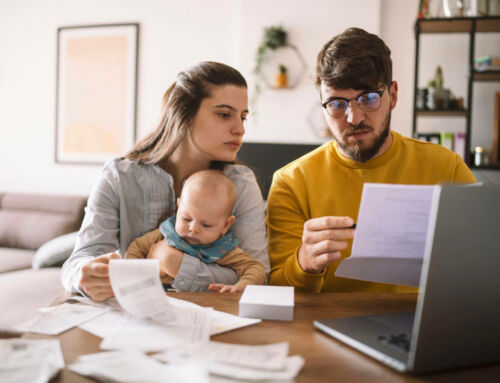
Types of Disasters – Floods
Floods
Types of disasters like floods can develop very quickly or very slowly, affect small areas such as a single suburb, or vast areas that cross state boundaries, such as the 2010-11 and 2022 floods that have affected large parts of Queensland and northern NSW.
About 7 per cent of Australian addresses have some flood risk, and about 2.8 per cent have moderate to extreme risk.
Floods can occur within a few minutes or hours of heavy rainfall, a dam or levee failure, or when a creek or river breaks its banks, or flooding can occur after several days of heavy rainfall once the ground becomes saturated. In many parts of Australia a river or creek can flood weeks after a storm or cyclone hits several thousand kilometres away.
Flood risk is not based solely on an area’s history of flooding; rainfall, topography, flood mitigation, and changes to the landscape caused by new infrastructure or developments can all affect an area’s flood exposure.
Flood insurance is available in a variety of policy formats designed to suit individual circumstances.
If you’re not sure about your flood risk, contact your local council or flood plain management authority.
Preparing for floods
If your area has a history of flooding or you live in a known flood zone, you should learn how to protect yourself, your family, pets and property from the impact. It’s usually too late to check your insurance cover, or buy a policy, once a flood is heading towards your property.
Familiarise yourself with your local council’s emergency management plan or any flood-awareness material provided by local councils.
Property owners can take various steps that may reduce the level of impact experienced during a flood:
- Check your insurance policy to see if you are covered for flood damage
- Prepare a room-by-room inventory of the contents of your home, and avoid underinsurance by checking the sum insured matches the value of your home and contents. You may wish to consider structural changes to lower the risk of your home being affected
- Keep important papers in a safe place where flood water cannot destroy them
- Prepare a flood plan that sets out what to do and when and how to act during a flood
- Check you have comprehensive vehicle insurance. Remember that compulsory third party (CTP) does not cover you for damage to your vehicle
- Prepare a flood readiness kit, including a torch, water, radio, candles, matches, new batteries and any important documents or contact numbers
- Listen to the ABC Local Radio for updates or visit the Bureau of Meteorology
- Know where and how to turn off mains power, water, gas and solar power
- Decide on the best strategy for protecting your pets and other animals
Recovering from a flood
Be careful to take certain precautions after a flood and keep these tips in mind:
What should you do after a flood?
- Return to your property when emergency services declare it safe to do so
- Only enter your property when you are certain you are not at risk
- If water has entered the property, don’t turn on your electricity until it has been inspected by an electrician
- Contact your insurance company as soon as possible to check what your policy includes or excludes, and seek guidance on the claims process
- You can start cleaning up but first, take pictures or videos of damage to the property and possessions as evidence for your claim
- Keep samples of materials and fabrics to show the assessor
- Remove and discard any water or mud-damaged goods that pose a health risk, such as saturated carpets and soft furnishings
- Make a list of each item and include a detailed description, such as brand, model and serial number
- Store damaged or destroyed items somewhere safe
- Speak to your insurer before you attempt or authorise any building work, including emergency repairs, and ask for the insurer’s permission in writing. Unauthorised work may not be covered by your policy
- Do not throw away goods that could be salvaged or repaired
What else might you need to know?
- If your home is unsafe, notify your local authorities and check with your insurance company whether you can claim temporary housing expenses
- If you need help from state emergency services volunteers call your local SES unit
- Do not be concerned if you can’t find your insurance papers. Insurers have electronic records and need only your name and address
- Do not do anything that puts your safety at risk
- Avoid entering flood water, on foot or in a vehicle. Flood water can contain raw sewage and contaminants, can conduct electricity, mask hidden hazards, and pose a serious hazard to health. It may be deeper, or moving faster, than you expect
- Do not drive your vehicle if it has suffered water damage
- If you are in urgent financial need you can ask your insurer to fast track your claim and make an advance payment within five business days of you demonstrating your urgent financial need. Any advance payment may be deducted from the total value of your claim
Contact us here if you’d like to talk to a Qualified Professional Insurance Broker about including Flood Cover in your Commercial Property Insurance program.
Article Source: https://understandinsurance.com.au/types-of-disasters/floods




